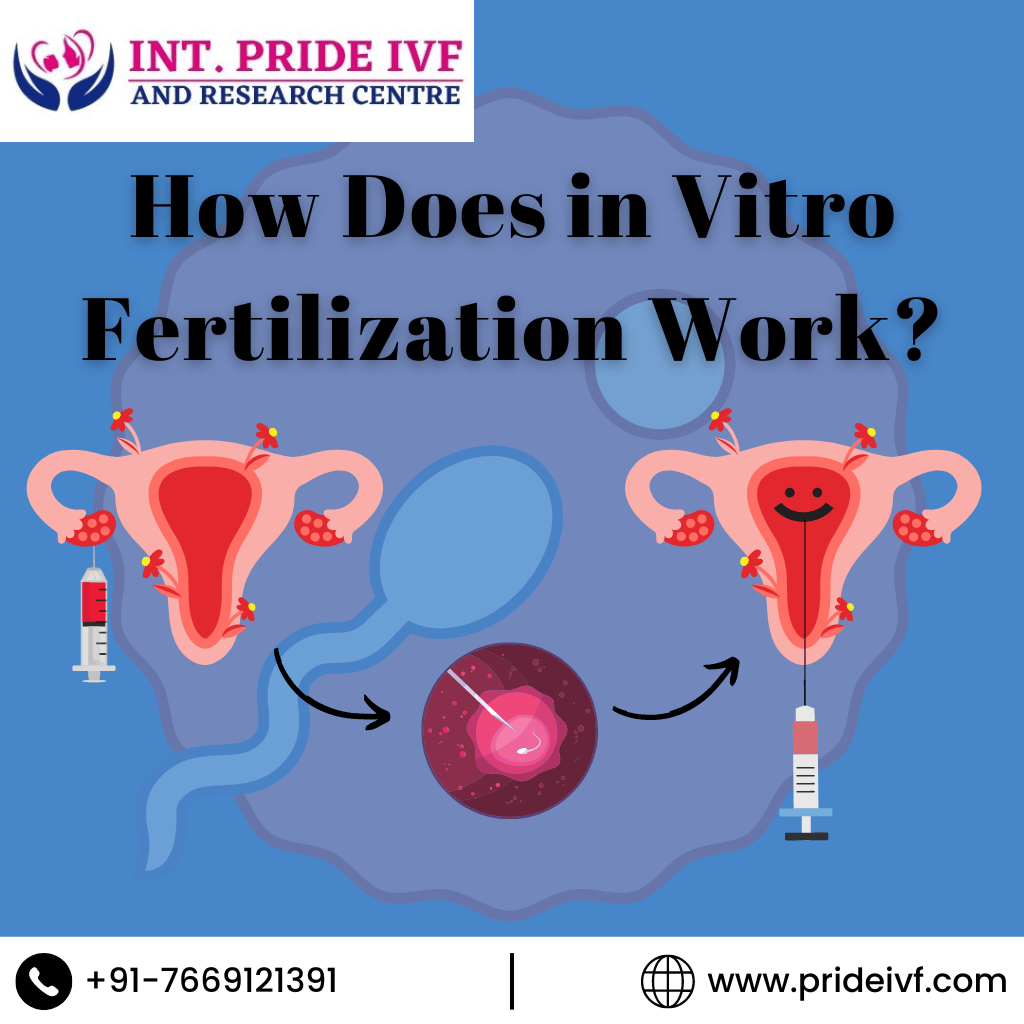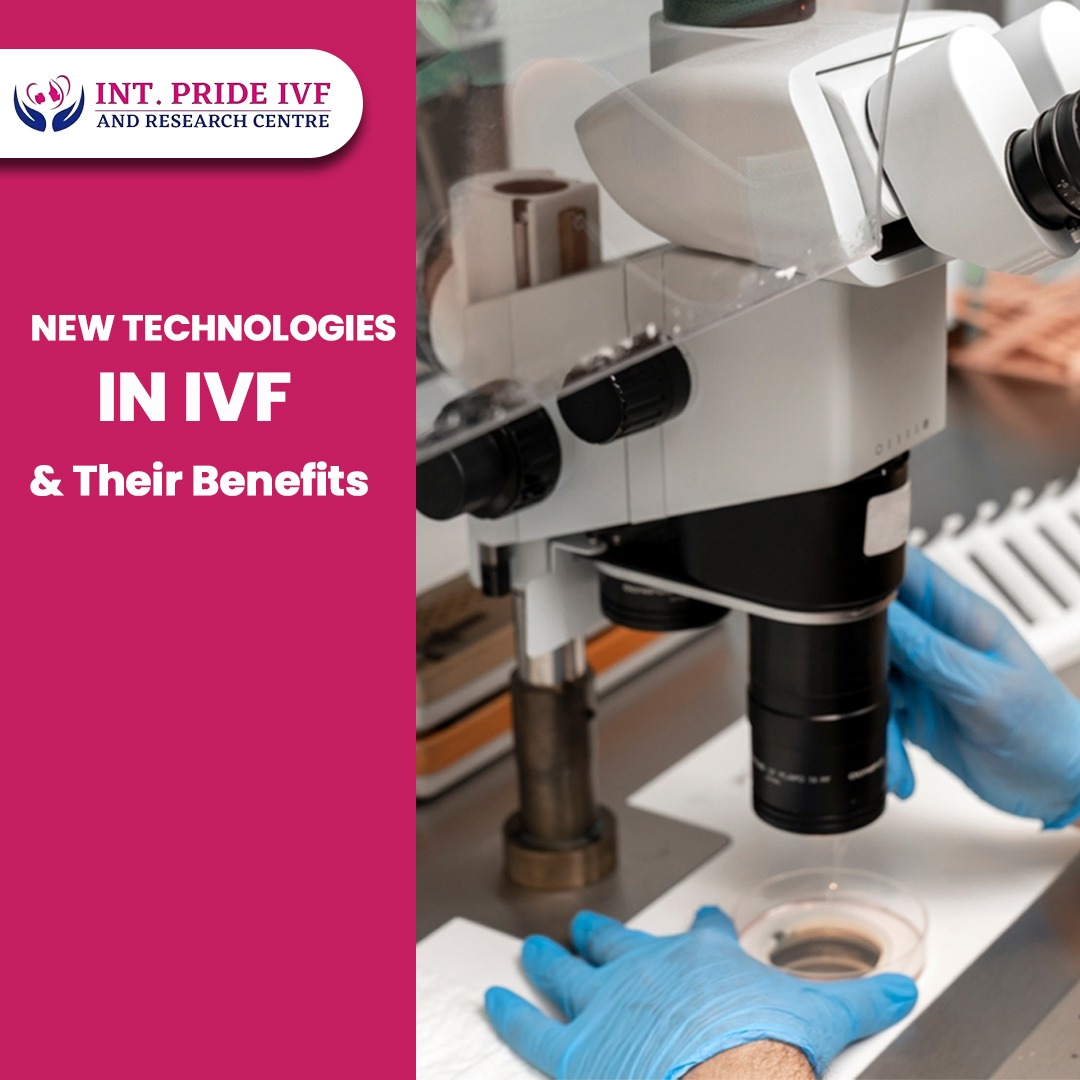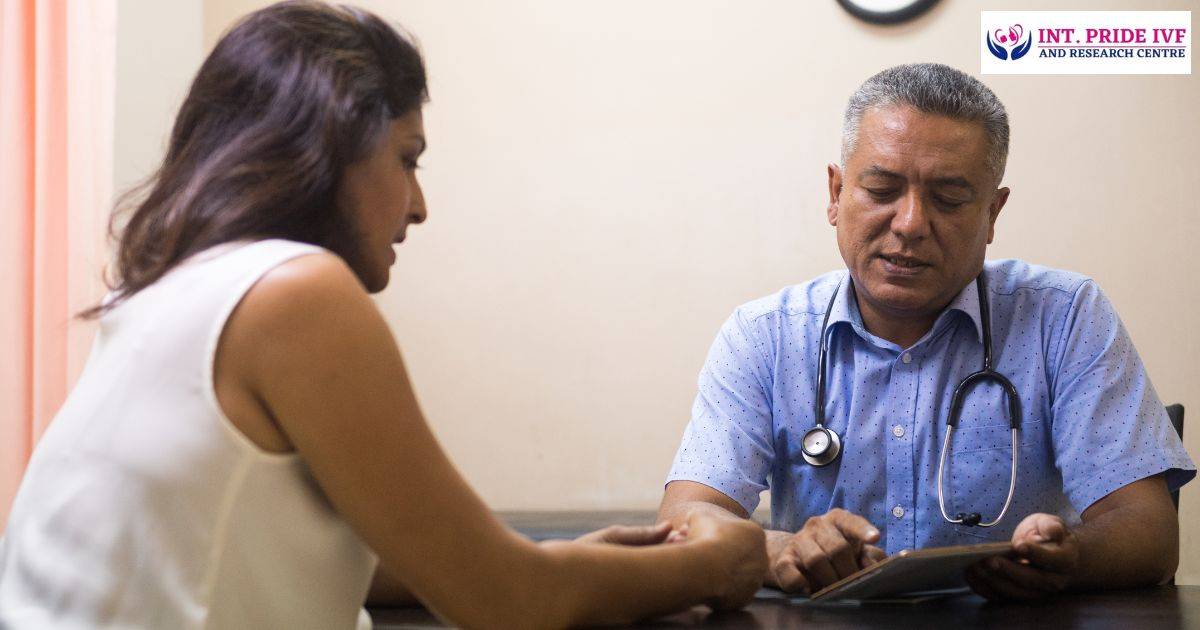IVF is a type of reproductive technology that is assisted in which an egg and sperm are fertilized outside of a body that is human. First, you take medication to prepare several of your eggs for fertilization. The eggs are then extracted from your body and mixed with sperm in a laboratory to assist the sperm in fertilizing the eggs. Then they implant one or more than one fertilized eggs in your uterus. And if any embryos implant in the lining of the uterine, pregnancy results.
IVF is a lengthy process that takes several months to complete. It can work on the first try, but many people require more than one round of IVF to become pregnant. If you’re having any fertility issues, fertilization IVF will definitely increase your chances of getting pregnant, but there’s no assurance — everyone’s body is diverse, and IVF is something that won’t work for all.




What Is The Purpose Of IVF?
IVF is used for a variety of reasons, including infertility issues or when one partner has a pre-existing health condition. Some people will try IVF after other methods of fertility have failed or if they are of advanced maternal age. The ivf process is also a viable reproductive option for same-sex couples or individuals who want to have a child without a partner.
What Is The IVF Procedure?
The 1st step in IVF is to take medications of fertility for a few months to help your ovaries produce numerous mature, ready for the fertilized egg. This is known as ovulation induction. Regular blood tests or ultrasounds may be performed to monitor egg production and hormone levels.
Also Read: What Are The 5 Stages Of IVF?
Doctor will remove the eggs from your body once your ovaries have ultimately produced enough eggs. The egg retrieval process is a minor surgical procedure performed in the office of your doctor or at a fertility clinic.
Lets get started
Insemination occurs when sperm cells are mixed with eggs from a donor or your partner in a laboratory. The vitro fertilization occurs after the eggs and sperm are kept together in a specially built container. To promote impregnation, lower motility sperm (that do not swim) can be injected directly in the eggs. Many people working in the lab can keep track of how the cells in the fertilized eggs divide and develop into embryos.
1 or more embryos are implanted into your uterus about 3-5 days after the egg retrieval (this is called embryo transfer). The doctor inserts a small tube through the cervix into your uterus and inserts the embryo directly into the tube. When any of the embryos connect to the uterine lining, pregnancy develops. Embryo transfer is normally painless and takes place in your doctor’s office or at a fertility facility. Plan on resting for the remainder of the day following your embryo transfer. The next day, you can resume your normal activities.




